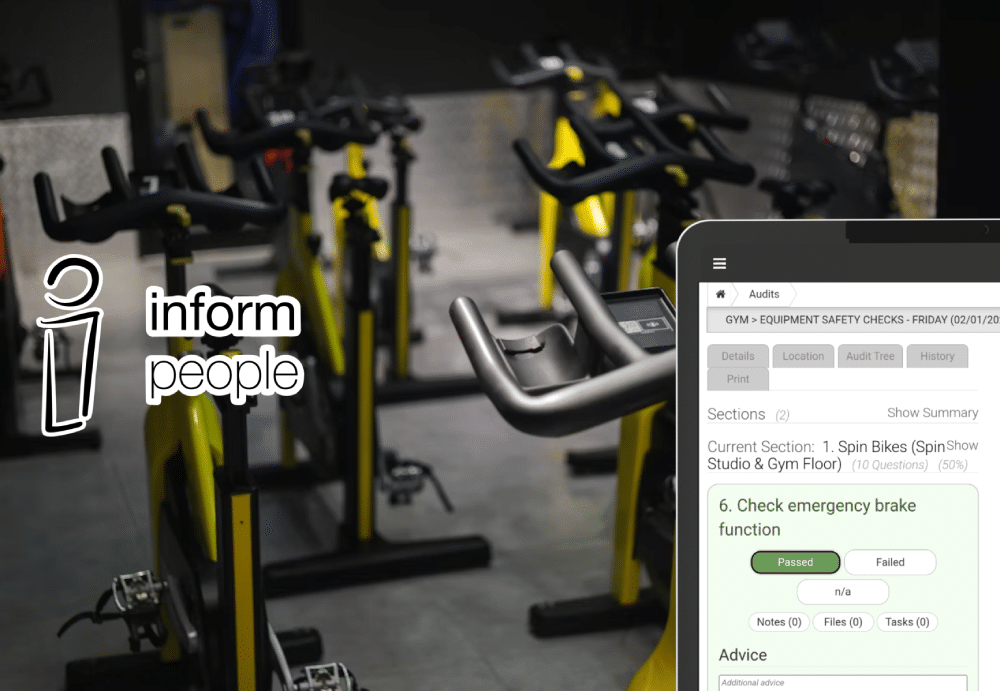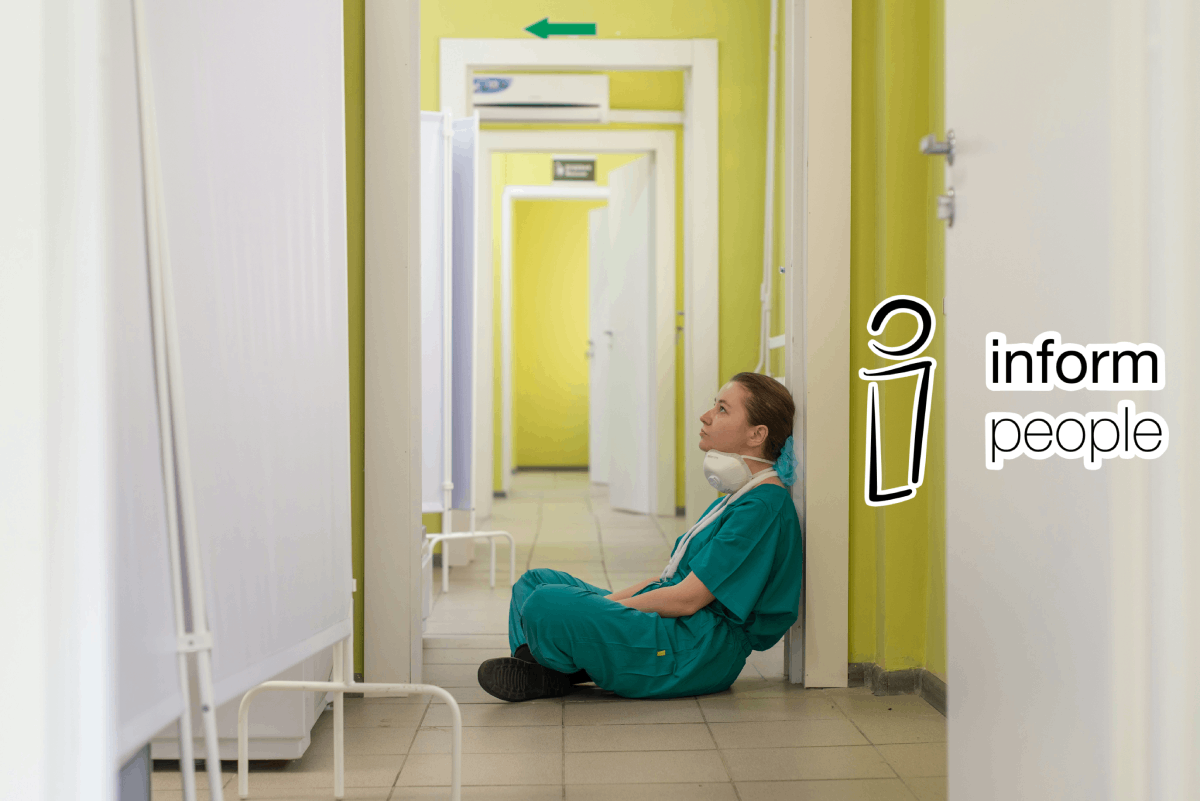Setting the Scene
The Gastrointestinal (GI) endoscopy networks 2023/2024 development framework states, among other goals, the following ambition for endoscopy,
“An expanded, skilled, and sustainable workforce will be in place through the implementation of the aims and objectives of Endoscopy Training Academies.”
The ambition is to be measured by,
“By March 2025 at least 10% of lists will be for training.”
How Endoscopy departments should respond
With this consideration in mind, it is important that Endoscopy departments not only have visualisation of the number of training lists being provided but also the number of service lists being provided at every location. If all list types are recorded accurately, as they happen, there will be the opportunity for a true oversight of the number of training lists as a percentage of the overall. This data will also enable understanding of which units are achieving their goals and which are falling short – without guesswork.
Moreover, by monitoring training session frequency we enable the NHS to evaluate the effectiveness of its educational programs and resource allocation. A higher number of sessions may indicate a proactive approach to addressing knowledge gaps and enhancing the competencies of healthcare professionals. Conversely, a decline in training session numbers could signal potential resource constraints or organisational challenges that impede staff development. The reasons behind the numbers might differ per location but having the data to hand for the quantity taking place gives a jumping off point for additional analysis.
Alongside knowing the number of training lists taking place, it is equally important to ensure that quality and performance loss are kept to a minimum. In the same guidance piece referenced at the beginning of this article it is stated that, by March 2025, all planned service lists should achieve 10 points and all training lists a minimum of 8 points.
While we do expect some loss of performance on training lists – as scopists in training need extra time – it would be a boon to be able to understand exactly what the extent of the delay might be so that going forward a list can be planned to accommodate any trainee scopists and point targets are still reached. Outcomes and patient satisfaction should not be impacted by staff training; knowing the difference in average time taken, before a list is planned, should increase future list planning accuracy when accounting for training lists too.
With THRIVE’s detailed reporting, it is easy to determine which units are hitting their targets of performing 10% of all lists as training lists and which units are accurately allocating training lists the correct points. All that is needed to differentiate lists is a single tag of ‘Training List’ added to each, any others are considered Service lists by default.
The below image is an example extract from a THRIVE weekly report showing the weekly quantity of training lists, how that translates to a percentage of all lists and the planned and achieved points for those lists. Part of Inform People’s software as a service is that our team works with your data to send these reports directly to your key people every week; keeping track of your key metrics and making information access easy.
We hope this demonstrates the ease of monitoring this information with THRIVE:
This image has been anonymised and shows a table with the percentage of training lists in a specific week and the graph tracking weekly data over time.
In addition to basic performance monitoring, THRIVE can provide more in-depth information that allows for comprehensive understanding of other aspects of training lists too. THRIVE provides data capture that monitors values such as the average time taken for a procedure, list or turnaround time on a training list. It also can then benchmark them against planned service (non-training) lists at a location or training lists at another location.
In the images below you can see additional anonymised extracts from recent weekly reports for our existing Trusts detailing the time taken for the same procedures inside and outside of training lists. The differences may appear small but over an entire list or day they can have an impact that needs to be accounted for when planning.
From this data, we can also reveal information on which units are able to perform their training lists to the highest efficiency (matching non-training times closely) which means trainers can receive credit where it is due and share their training methods/advice with other units to help improve overall training list performance across the NHS.
Insights empower progress
In summary, measuring both the quantity and performance of training sessions is essential for promoting a culture of lifelong learning, enhancing clinical competence, and ultimately improving patient outcomes within the NHS. By leveraging data-driven insights, healthcare institutions can optimise their educational investments, empower their workforce, and sustainably meet the evolving demands of modern healthcare delivery.




